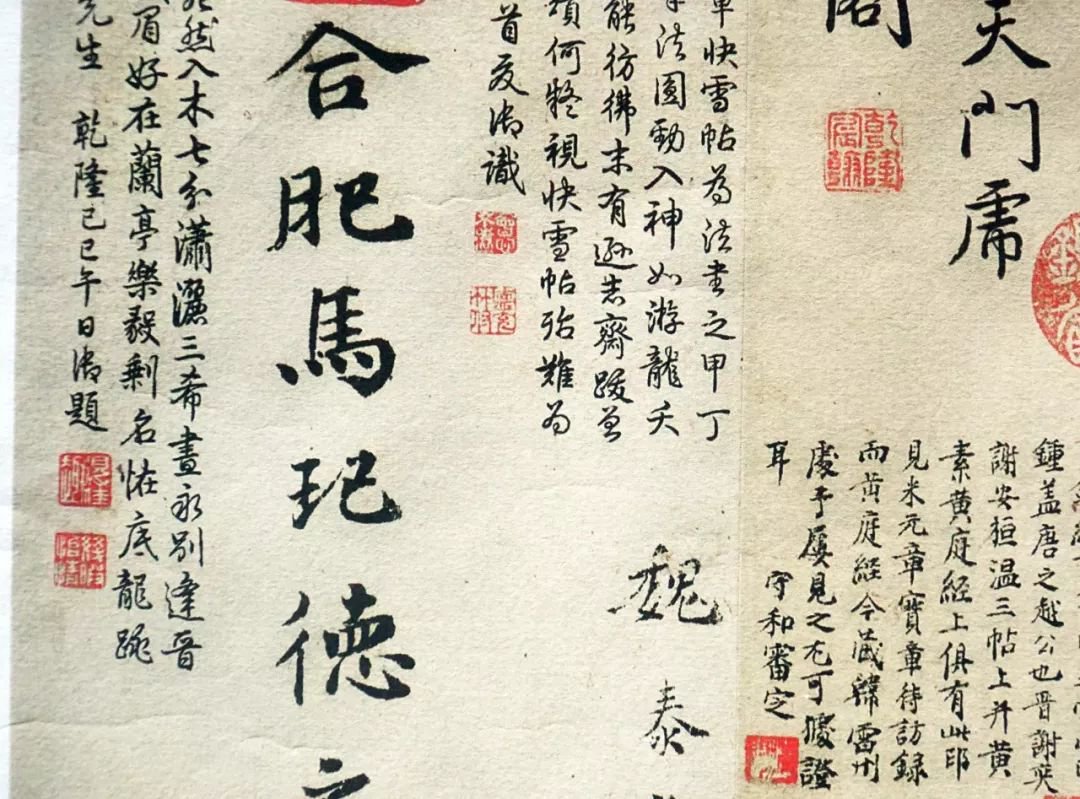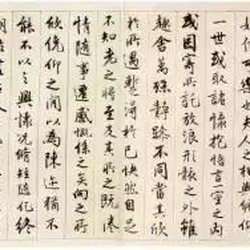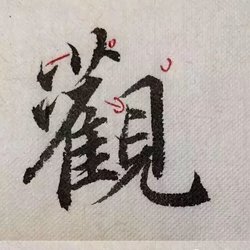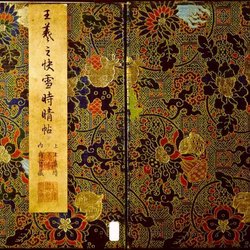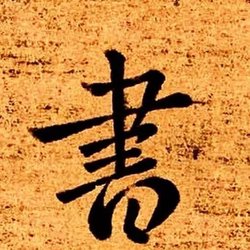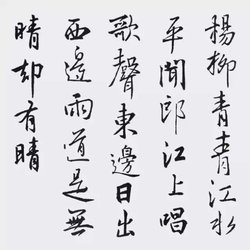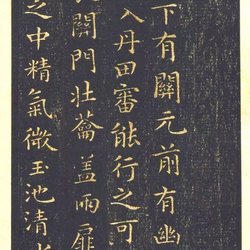Chinese calligraphy has evolved from oracle bone inscriptions to later large seal script, small seal script, official script, running script, and cursive script. Each change is a qualitative change from font to glyph. Wang Xizhi is a key figure who is at an important juncture in the reform of calligraphy style and inherits the past and brings forward the new.
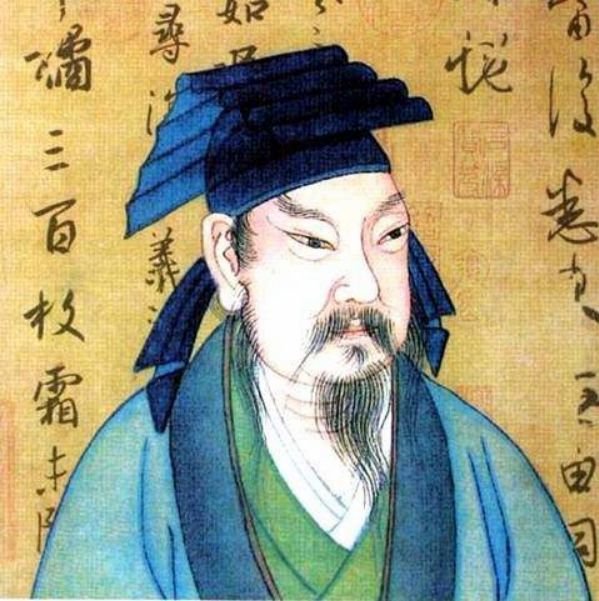
In the century and a half from the Han and Wei dynasties to the end of the Jin Dynasty, Wang Xizhi greatly promoted the reduction of official meaning and the development of regular script based on Zhong Yao's regular script and running script. He perfected regular script and gave it a final shape, which has not changed for thousands of years since then; he beautified running script and cursive script, making them more mature. Wang Xizhi's calligraphy has had a profound impact on later generations. From the Tang Dynasty to the present, generations of calligraphers have been influenced by him. Wang Xizhi is regarded as the sage of calligraphy by future generations.
Everyone knows that Wang Xizhi's "Lanting Preface" is the best in the world, and it is highly praised by countless calligraphers. There are countless appreciations of "Lanting Preface". Today we will talk about Wang Xizhi's other classic calligraphy.
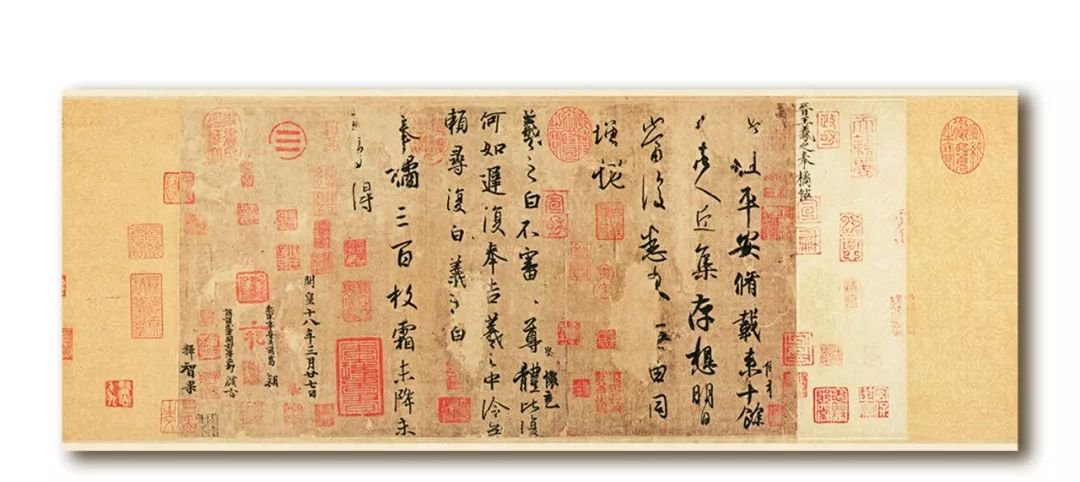
"Peace Tie", "He Ru Tie", "Fengju Tie" high-definition rice paper original large limited edition
Size: 81*29
"Peace Tie", "He Ru Tie" and "Fengju Tie" are connected into one paper, also known as "Three Ping An Tie". Although the three posts are on the same paper, their writing methods are different.
The brush strokes in "Peace Tie" are beautiful and varied. They are both "vertical" paintings, with the word "flat" hanging vertically, while the word "lai" is slightly raised at the end of the stroke; both are "horizontal" paintings, The side of the word "An" is arched downward, while the word "Cun" is thicker.
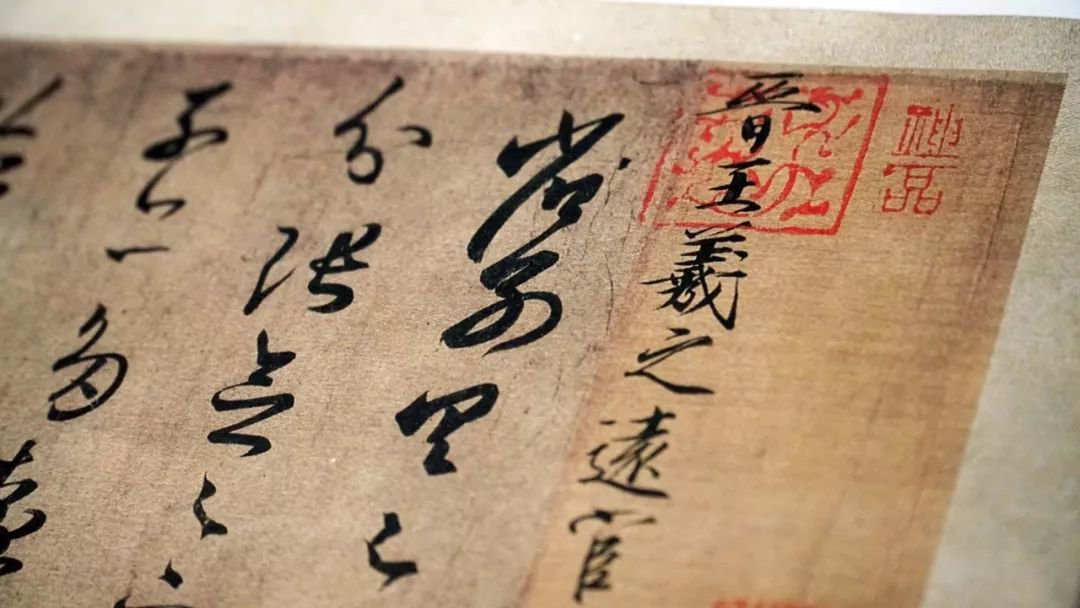
Actual shooting details of "Yuan Huan Tie"
"He Ru Tie" is also known as "Bujuanzun Ti Tie" and "Zhong Leng Tie". The content is that Wang Xizhi asked the other party how he was in health and informed the other party that he was in poor health. The matter would be informed after further investigation. The whole work gives people a feeling of tranquility and beauty. The calligraphy strokes are fresh and vigorous, and the brushwork is experienced, highlighting a certain and calm attitude. In addition, the structure of single characters has completely lost all traces of official script and has become long and elegant.
"Feng Ju Tie" embodies the mainstream style of Wang Xizhi's running script. Although there are only a few numbers in this post, they are all different. For example, in the word "Ju", the strokes are folded squarely, showing all the edges and corners; in the word "Mei", the strokes are rounded, and the corners are not exposed. Looking at the calligraphy, the ink is rich and rich. The leisurely state of mind is rich and unforgettable.
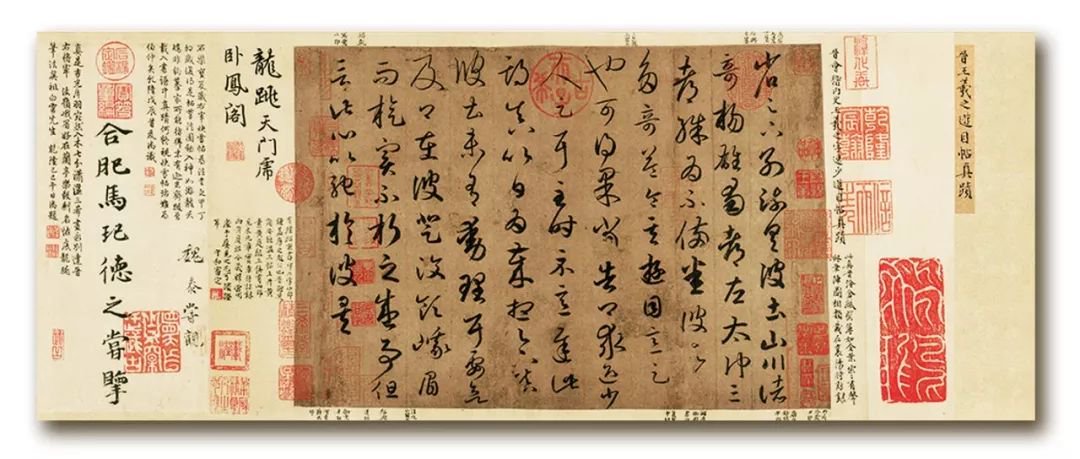
"You Mu Tie" High Definition Rice Paper Original Large Limited Edition Size: 72.65*28.3
"Youmu Tie", also known as "Shudu Tie", is one of the letters written by Wang Xizhi with a larger number of words. In the letter, he expressed his yearning for the wonders of the mountains and rivers of Shu, and looked forward to climbing Wenling and Mount Emei as soon as possible, thinking that would be an immortal event. The original copy of this post has long been lost, and the copy was destroyed in 1945. In the flames of war, it was restored on July 10, 2007 by the Cultural Relics Publishing House and Nigensha of Japan.
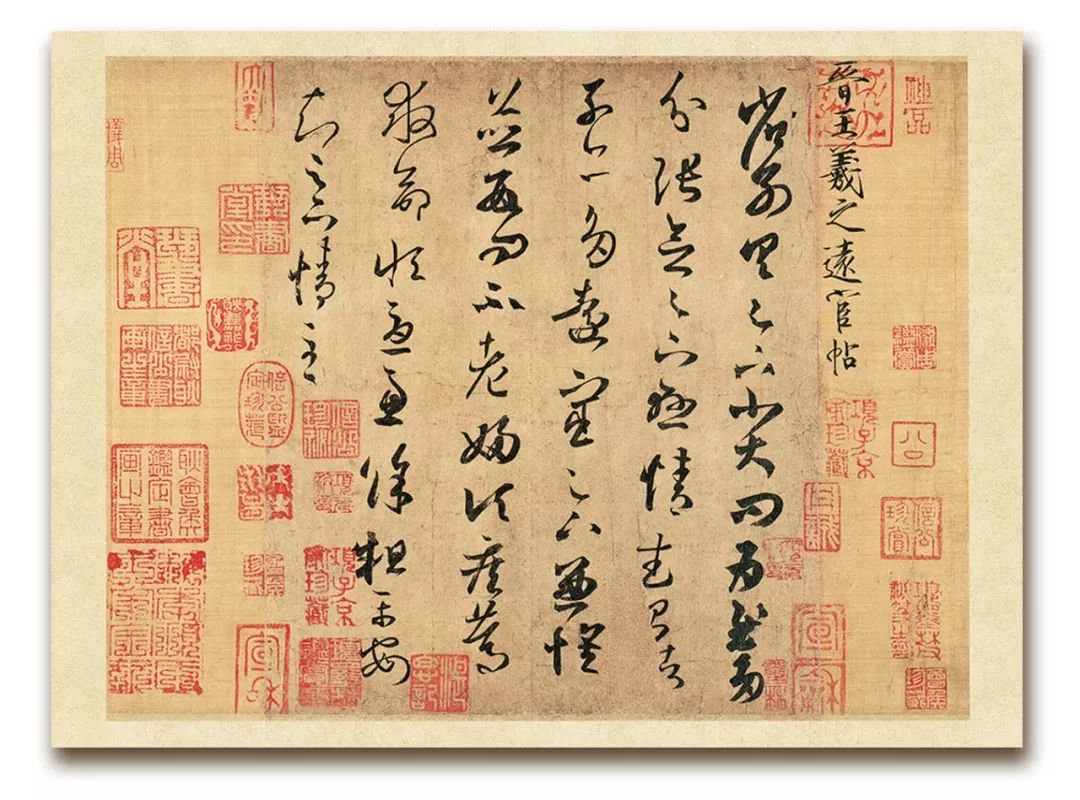
"Yuanhuan Tie" High Definition Rice Paper Original Large Limited Edition Size: 38.26*28.3
"Yuanhuan Tie", also known as "Province Farewell Tie", is a letter written by Wang Xizhi. The content mentions his gratitude to Zhou Fu for caring about his family, and that his wife was seriously ill at this time, and he was very worried. I hope everyone is safe and healthy. The "Wuchang" mentioned in the letter refers to Tao Kan, Zhou Fu's brother-in-law, who guarded Wuchang.
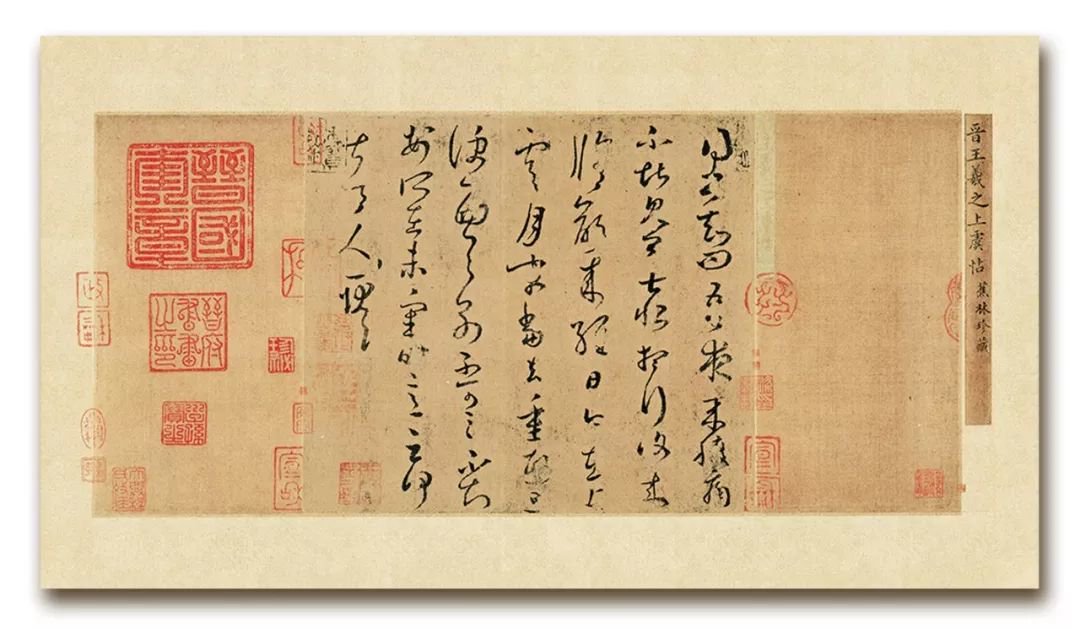
"Shangyu Tie" High Definition Rice Paper Original Large Limited Edition Size: 50.8*28.3
"Shangyu Tie" is a letter written by Wang Xizhi to his relatives and friends. In the letter, he expressed his regret that he could not meet his friends due to poor health. This post mostly uses Zhongfeng's writing style, which means "to be relaxed and relaxed, to travel leisurely and leisurely, to adapt to the situation and to adapt to the circumstances." In addition, the structure emphasizes the changes in opening and closing, allowing for free retracting and retracting, giving people a natural, smooth, free and easy feeling.
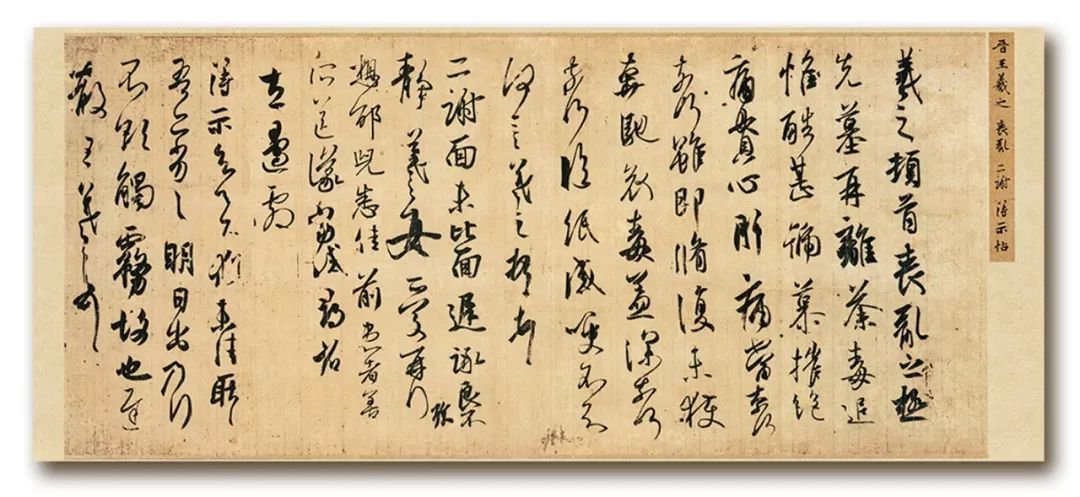
"Sang Luan Tie", "Second Thank You Tie", "Deshi Tie" high-definition rice paper original large limited edition
Size: 65.7*28.3
"Deshi Tie", "Sangluan Tie" and "Er Xie Tie" are connected into one paper, which is called "Sangluan Three Tie". The word "Sangluan" in "Sangluan Tie" here refers to the turbulent current situation. It is precisely because of the turmoil in the current situation that the tombs of Wang Xizhi's ancestors were destroyed. Although it was repaired in time, Wang Xizhi still felt the pain in his heart, so he expressed his grief on the tip of his pen, sometimes in cursive script, sometimes in cursive script, using a prioritized and highly variable cursive style to express his emotions that had grown from depression to excitement.
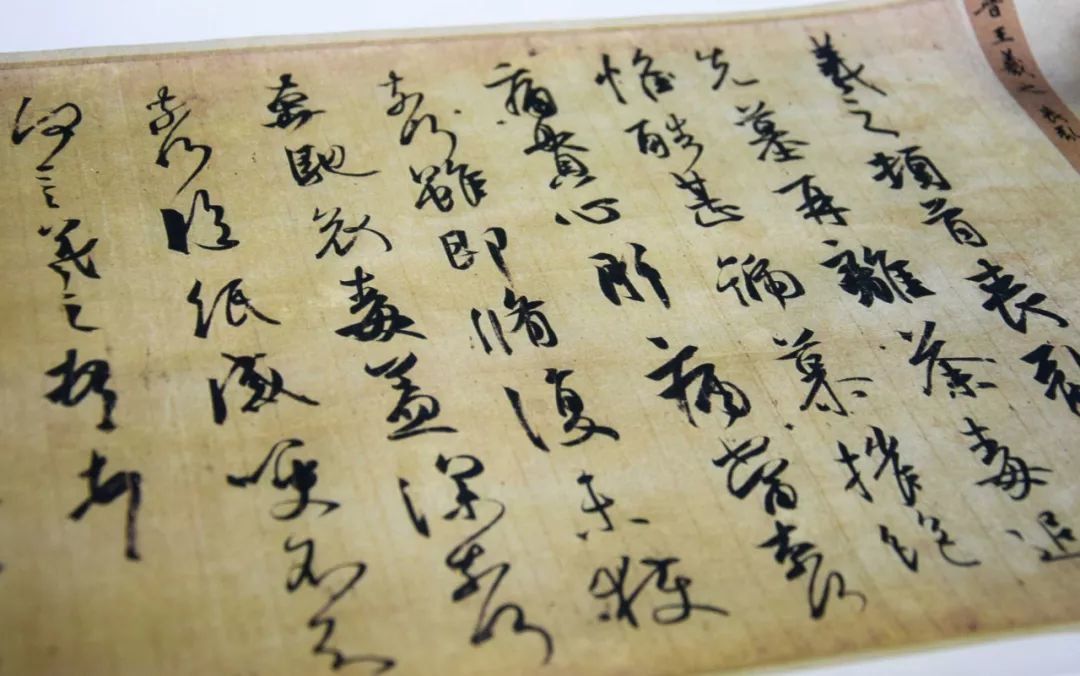
Actual shooting details of "Sang Luan Tie"
Wang Xizhi had good relations with Erxie, which refers to Xie An and Xie Wan. This post is a letter written by Wang Xizhi to the two of them. The layout of "Two Thank You Posts" is relaxed and relaxed, sometimes in running script and sometimes in cursive script. The free and easy parts are as graceful as a swimming dragon, and the slow parts are like a tiger crouching. It is ups and downs and has a strong sense of rhythm.
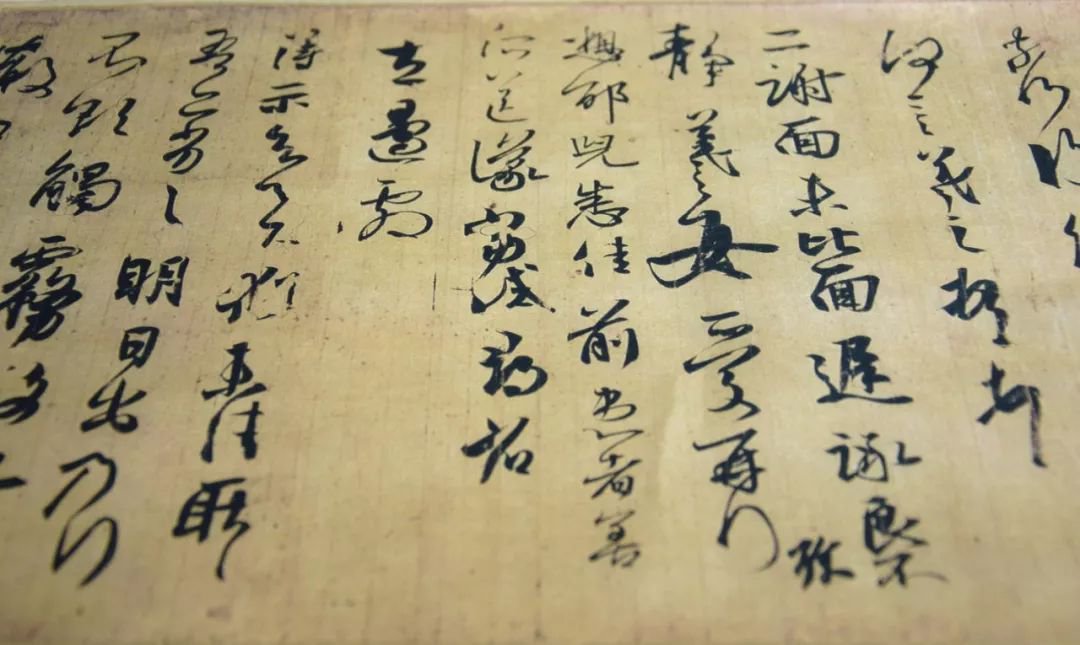
Actual shooting details of "Second Thank You"
The cursive writing of "De Shi Tie" is smooth and free, slow and fast, and relaxed. In addition, the single-character structure with multiple sideways postures is a typical work of Wang Shu's new posture.
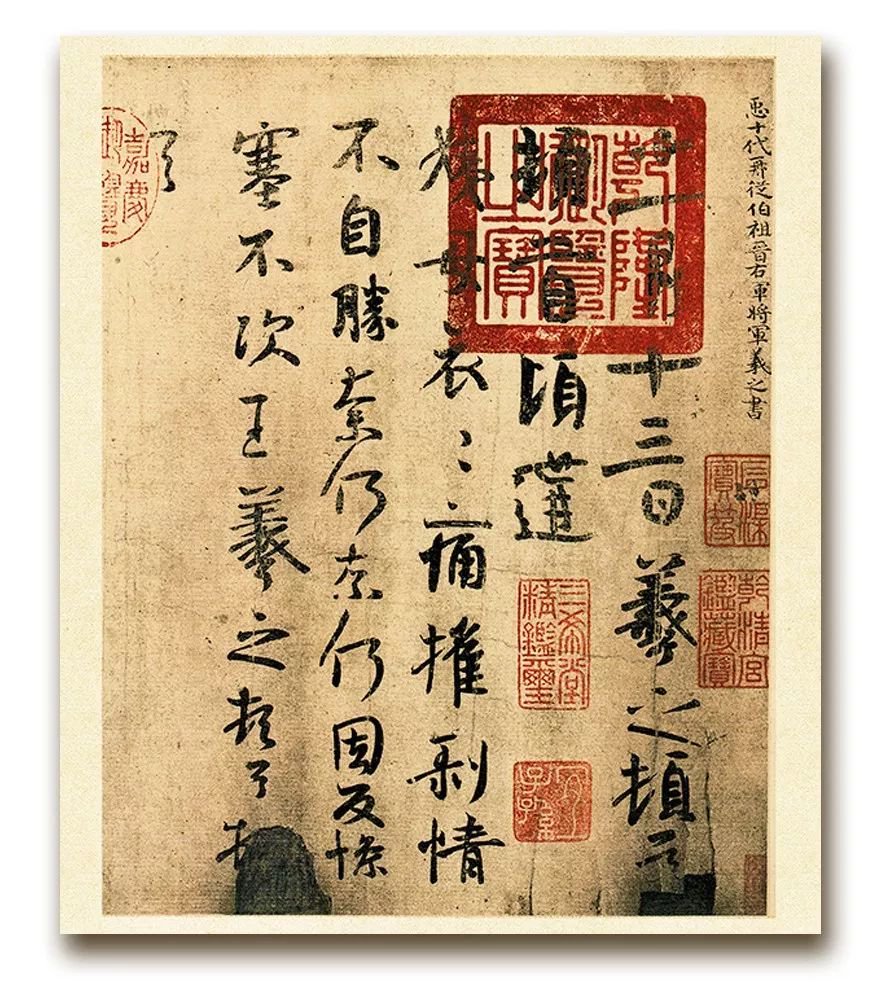
"Auntie's Note" High Definition Rice Paper Original Large Limited Edition Size: 23.9*28.3
Ren Xizhi had a very deep relationship with his aunt. It can be seen from the content of this "Aunt's Note" that he felt very sad after learning the bad news of his aunt. In addition, in the writing format, he added the word "aunt" and adopted a calligraphy format that expresses respect to express respect for his aunt. This post was written by Zhu Xizhi in his early years. The knotting and writing style retain many official meanings, showing mostly ancient qualities, and are similar to the bamboo slips and silk scripts of the Jin Dynasty.
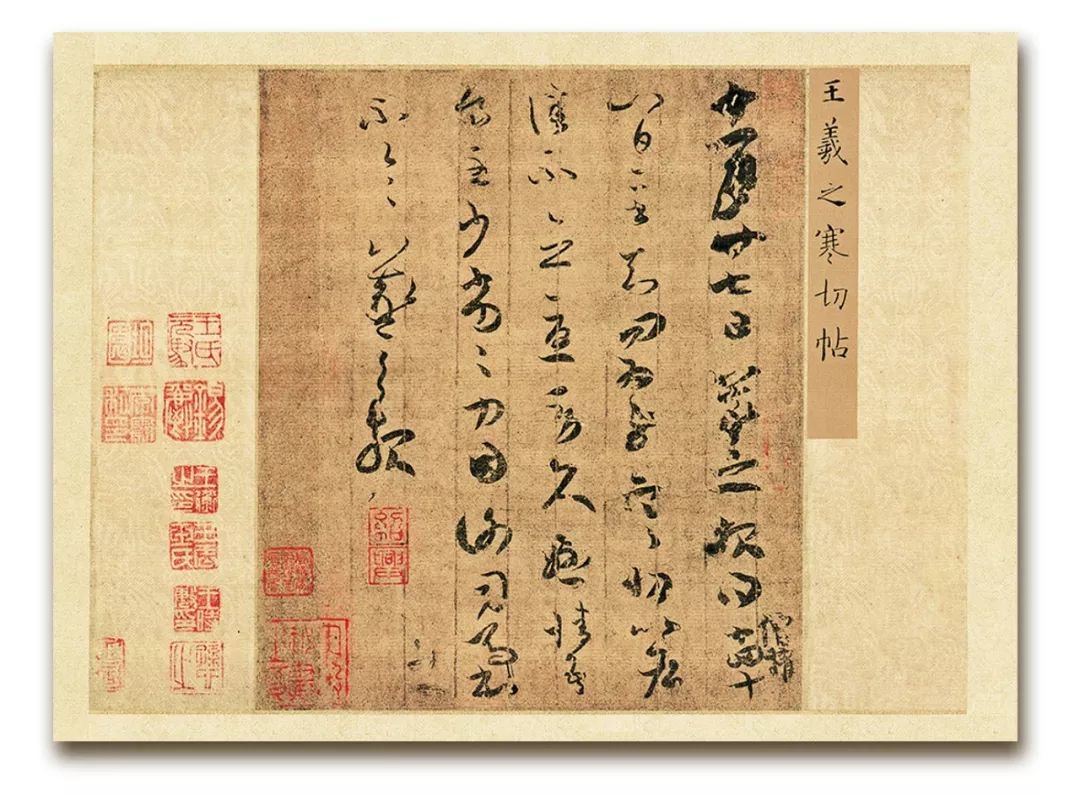
"Hanqietie" High Definition Rice Paper Original Large Limited Edition Size: 38.6*28.3
"Han Qie Tie" is peaceful and simple. Many characters, such as "De", "Bao", "Xie", etc., do not have too many twists and turns in the strokes. Although it is simplified, it is highly summarized, and the pointillism is full of charm. The Dharma post is heavily damaged, and many of the characters, such as "月", "西", "老", etc., are broken, but still full of momentum. Generally speaking, the strokes are relatively smooth, but some strokes, such as the first character "", "Hanqie" and other characters, are moist but simple, which is very thought-provoking.
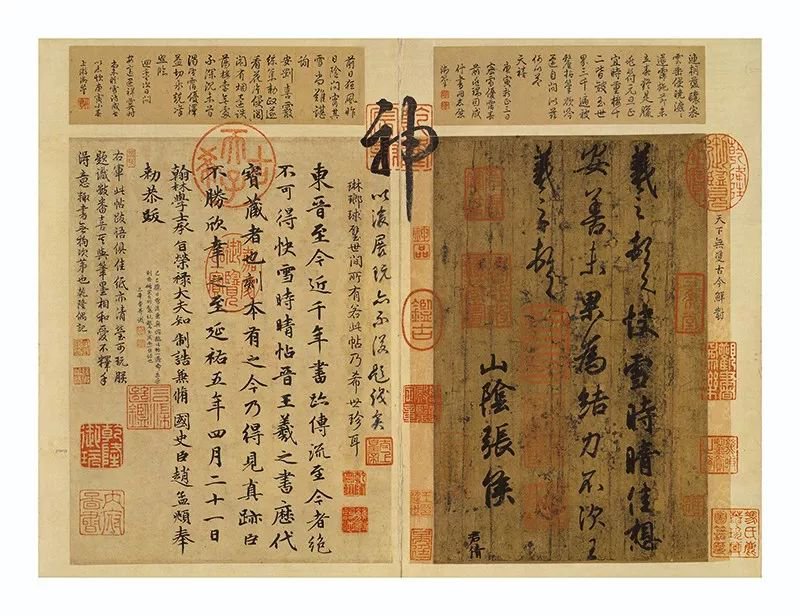
"Quick Snow and Clear Tie" High Definition Rice Paper Original Large Limited Edition Size: 37.96*28.3
"Quick Snow and Clear Tie" has a total of 4 lines and 28 words. It was written as a letter, and its content is the author's greetings to relatives and friends in a happy mood when the snow cleared. Some of them are in regular or regular script, some flow and stop, some stop and flow, and they are full of unique rhythm. His brushwork is round, vigorous and elegant, and no stroke is taken lightly, and every word expresses the leisurely and leisurely intention. Even if the center of gravity occasionally shifts from left to right, the overall situation remains even and stable, without losing the aesthetic feeling of balance.
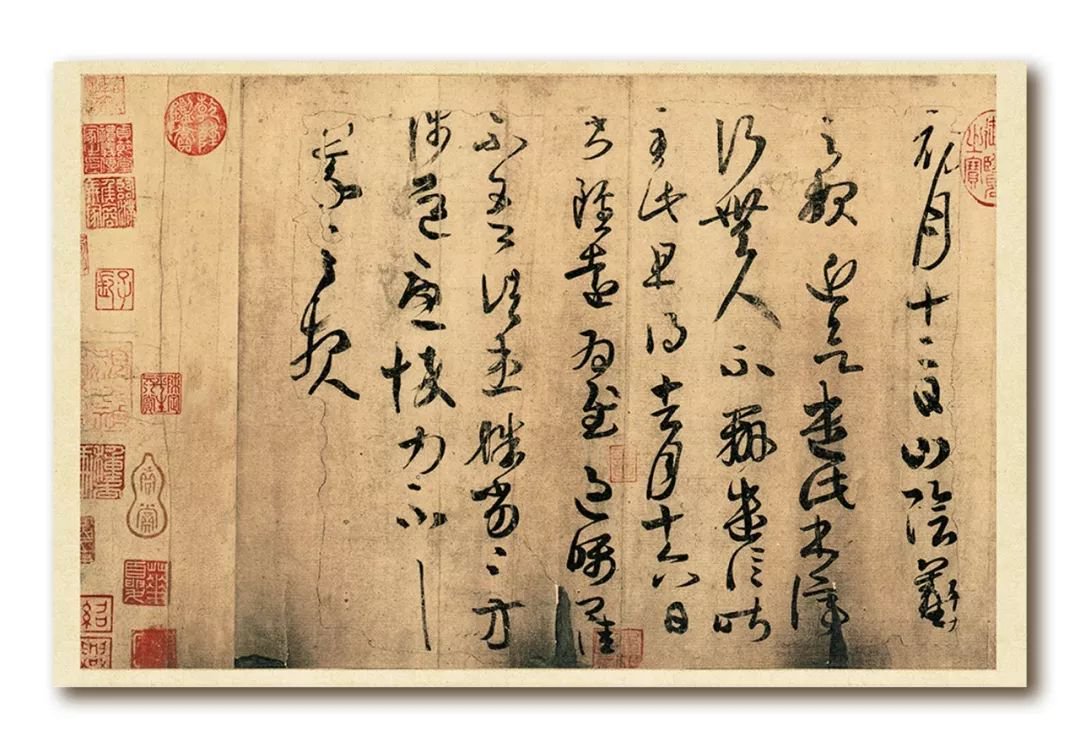
"Chu Yue Tie" High Definition Rice Paper Original Large Limited Edition Size: 38.6*28.3
"Chu Yue Tie" is Wang Xizhi's representative work after his political reform. There are many characteristics in the writing, wording and composition of this post. "Chu Yue Tie" gives people a novel beauty and the charm of free writing with its simplicity and randomness. The stipples throughout the post are messy and sharp, looking like bamboo leaves or orchid stamens. The final strokes are not straight, but full of changes. The characters vary in size, long or short, and the inclination, slant, and straightness all depend on the temperament and character shape. The line spacing is random and unpredictable, allowing Wang Xizhi's depressed old age to be fully expressed in his pen and ink, which is full of energy and concentration. of touching power.
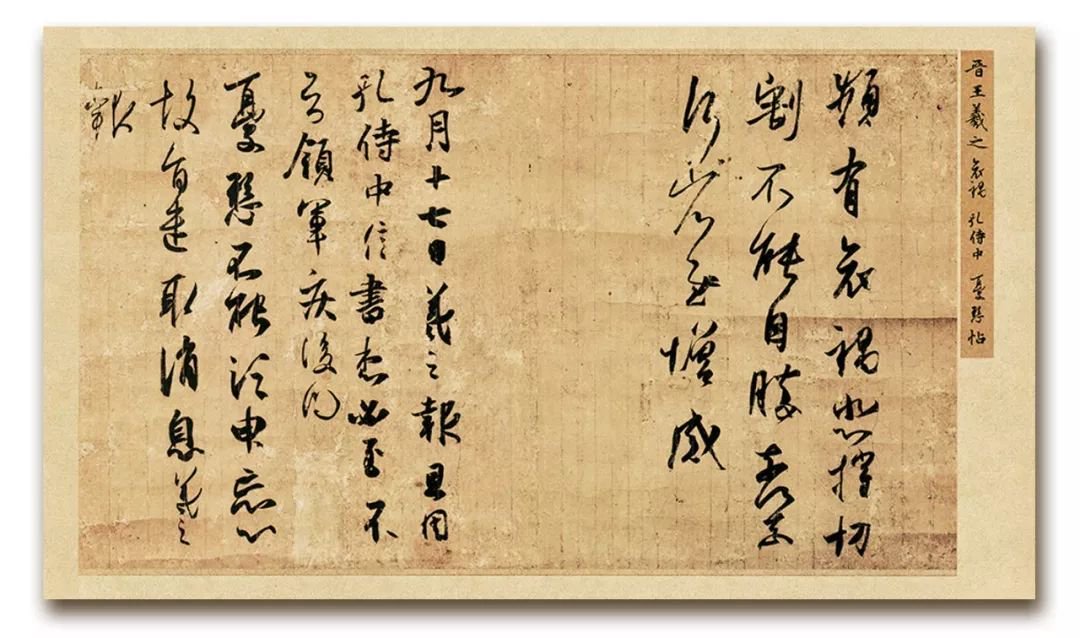
"Frequent Sadness Tie", "Confucius' Tie", "Worry Tie" high-definition rice paper original large limited edition
Size: 48.3*28.3
"Confucius Shizhong Tie" is combined with "Frequent Sadness Tie" and "Worry Xuan Tie". There are nine lines before and after, a total of one paper.
"Frequent Misfortunes" has thick lines and a strong sense of volume, and the changes in the outline of the lines are very subtle - it hints at extremely complex internal movements. This movement method is the movement change produced within the line outline to control the shape of the outline.
"The phoenix and the dragon are like a slant but straight", this is the characteristic of "Confucius Shizhong Tie" and also the characteristic of Wang Xizhi's calligraphy. Part of his running script font is "湹lateral", but the whole character is straight, such as the character "九", although it only has two strokes, it has written the expression of "湹lateral" about to fly.
The echo of the line axis is a very important feature of Wang Xizhi's works. There is coordination between the first and second lines of "Youxuan Tie": the wave pattern of the axis of the latter line is similar to the wave pattern of the axis of the previous line, but the details are different, resulting in a moving effect in the composition of the composition.
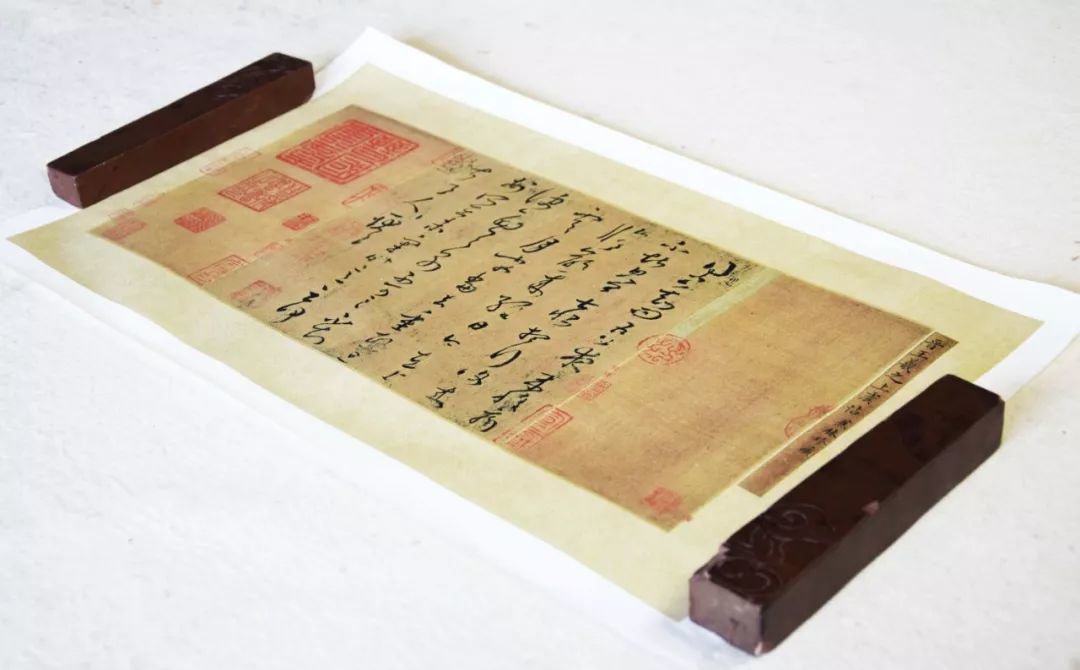
Wang Xizhi already enjoyed a high reputation during his lifetime. People loved his calligraphy works and copied them frequently. Li Shimin, Emperor Taizong of the Tang Dynasty, even respected Wang Xizhi's calligraphy and personally wrote the "Biography of Wang Xizhi". He said: "After careful study of ancient and modern times, and careful study of seal scripts, Wang Xizhi's calligraphy is perfect, but Wang Yi is the least."
Most of Wang Xizhi's calligraphy works are scattered around and collected by different places and collectors. It is rare to collect them all for comparison. Today, the classic famous posts introduced above are organized into handwritten notes to facilitate readers' study and research.
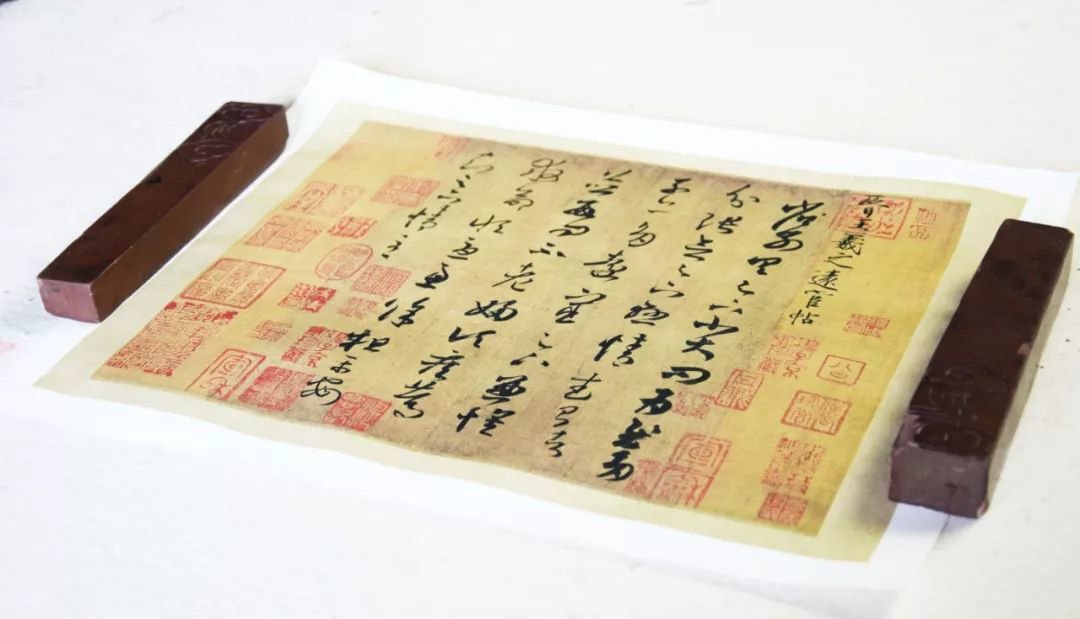
The handwritten rice paper is reproduced in large high-definition, and the inscriptions and postscripts in millimeters are clearly legible.
